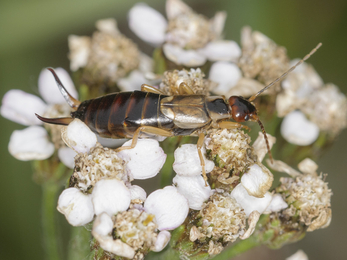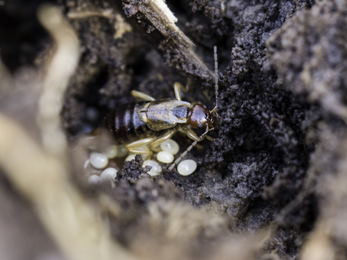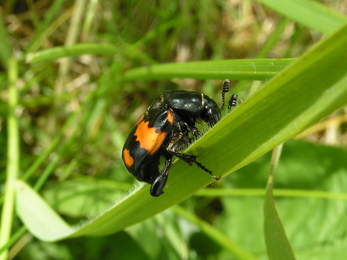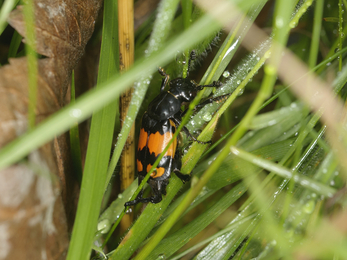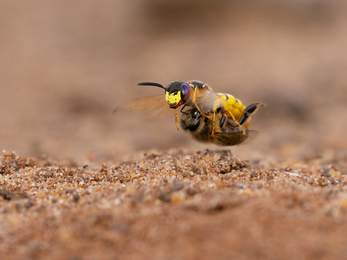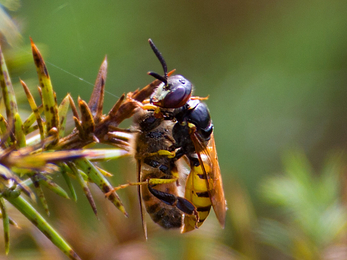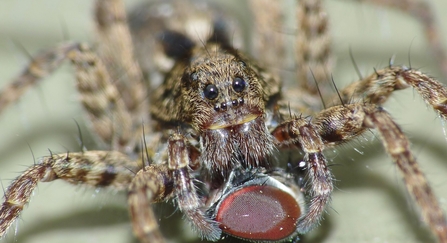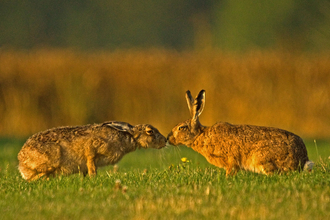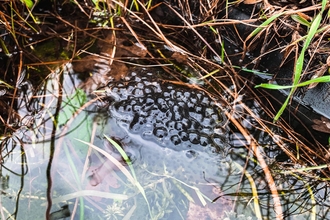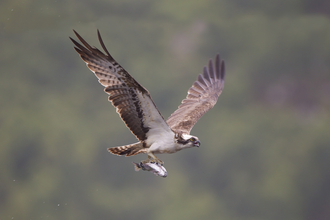Invertebrates aren’t always best known for their parenting skills and in most cases exert minimal levels of parental care. However, there are some fantastic exceptions. The common earwig is a good contender for “mother of the year” in the underground world as they provide a great deal of care looking after their eggs throughout the winter.
After mating in the autumn, the female lays anywhere between 30-50 eggs in the soil where she will guard and protect them from hungry predators. A mother’s love within earwigs goes one step further however, as females will spend the winter not only defending her eggs but also licking them clean to keep them from going mouldy! It puts mums’ licking a tissue and coming at you with it into perspective somewhat. This behaviour is very unusual when you look at the levels of parental care in insects who usually abandon their eggs once laid. Any mother that is prepared to lick her 30 – 50 children to save them going mouldy is certainly worth celebrating.

